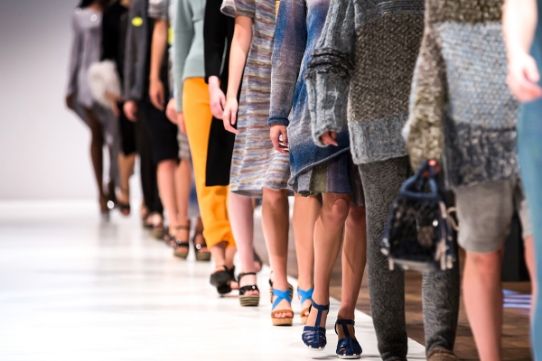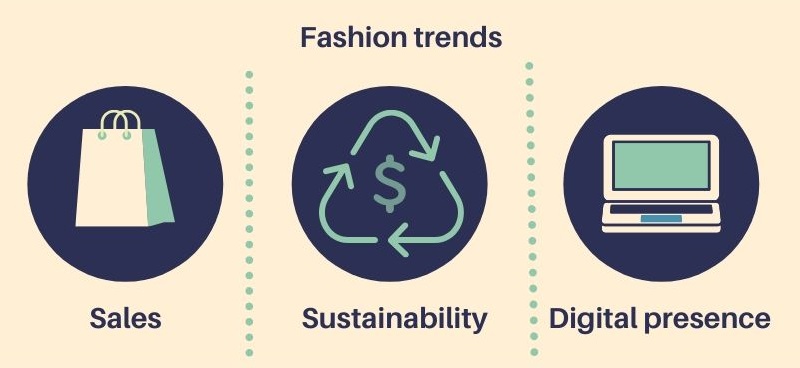McKinsey’s study points out changes in fashion consumption after the pandemic

In April, the English publication Business of Fashion, in partnership with the consulting company McKinsey & Company, launched a new version of its study entitled “State of Fashion“. Updated to reflect the new reality of the industry os fashion, the document presented a panorama, full of transformations, where the industry must look more closely at digital solutions, rethink its relationship with sustainability, and be resilient.
The document (available here) highlights that the fashion industry was already in transformation before the pandemic, and now must strengthen these new concepts to reinvent itself. The data point to a recession period followed by a changing scenario and redesign of the entire value chain. The prediction is “an increasing dislike for business models that produce waste and high expectations for sustainable and purpose-driven actions”.
The study also shows that exaggerated consumerism should decrease, as people are more insecure. With this, they will better choose where and what they buy, prioritizing characteristics such as sustainability. According to a survey, 15% of consumers in the US and Europe want to buy more ecologically and economically sustainable clothing.

On sale
Despite the initial drop due to insecurity due to the current scenario, online shopping has driven several markets, including fashion. In Brazil, e-commerce purchases grew 36% in the first half of April, according to Nuvemshop, a platform that aggregates online shopping sites and has more than 30 thousand participating brands in Latin America.
According to Nuvemshop, the fashion sector increased sales by 53%, driven by promotions. The “State of Fashion” report shows that this trend is expected to continue for the rest of the year, making companies look for other ways to reach consumers.
“To improve their long-term prospects, brands will need to adapt discount strategies, aligning promotions to their many channels and implementing a reviewed product calendar that reflects the ‘new fashion normal’. They will also need to reinfuse value so that it is worthwhile for consumers to buy at full price”, explains the text.
Digital paths
“If there is a time to boost digital, this time is now”, says the document, highlighting the importance of digital presence, while physical means are closed. Social networks and live transmissions are some of the solutions that show results in this period.
“Video chats between the brand and the buyer and transmissions curated by influencers were well received,” explains the research, which spoke to Chinese companies that adhered to the new practices. Data indicates streamings on Taobao, a Chinese sales website, have increased by 700%.
New times
Although times are difficult, it is clear that the recovery of the fashion industry is linked to changes in the behavior of companies and their relationship with consumers.
“Agility and adaptation will be essential during the crisis. But when the first signs of regularity start to show, companies are advised not to be complacent. Instead, they must double recovery and resilience measures, as these will be unprecedented transformation times for the fashion industry. Only then companies will be able to begin to decipher their ‘new regular’”, concludes the study.
